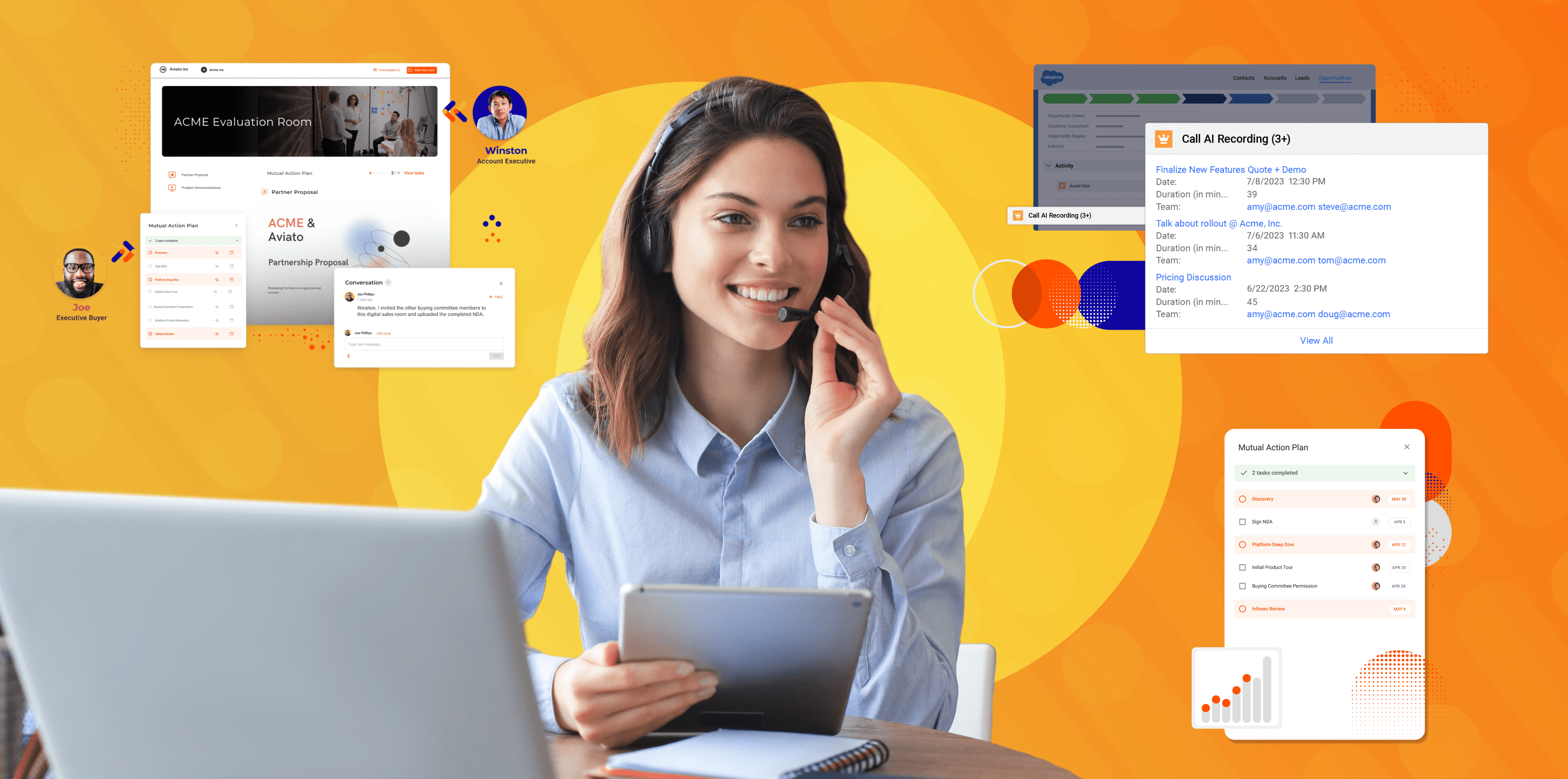Prior to COVID-19, in the “old world,” sales readiness leaders and teams had one main responsibility: to deliver and personalize an adaptable learning experience across the life cycle of a seller. The goal was to achieve a perfect combination of knowledge and skills and behaviors in the field that would translate to more deals closed.
Old-world sales readiness teams managed onboarding by hosting cohorts of new hires at their headquarters for live training. They attended live presentations, listened in on meetings, and reviewed pitch decks and demos. Managers had one-on-one, in-person conversations with their direct reports and customers. In the old world, an interconnectivity existed, helped along by unscripted learning moments that occurred every day.
In just a few short months, working remotely has become the rule rather than the exception, and it’ll remain like this for the foreseeable future. Already, Google and Twitter announced their employees will work from home for the rest of 2020, and it’s likely many more businesses will follow suit.
In this “new world,” many of the in-person elements critical to effective sales onboarding are lost, such as travel, shadowing, new-hire boot camps, or team bonding. Remote sellers are faced with any number of challenges, such as connectivity issues resulting from shared bandwidth or IT problems; distractions like kids, pets, roommates or the leaf blower across the street; and lastly, misconstrued communications.
In order to continue to prepare our sellers to be effective against the backdrop of this new world, sales readiness teams must rapidly pivot and re-strategize, incorporating and accommodating new success criteria into readiness programs, such as re-boarding, re-skilling and virtual instructor-led training (VILT). Of course, technology like a Sales Readiness platform can help underpin a fast, successful transition to the new remote world or be leveraged even more for a fully virtual approach to sales training and coaching.
Effective sales readiness in the new world
Now, sales readiness teams must be even more resourceful, creative and efficient in how they run an effective onboarding and continuous learning program. For example, new hires working remotely won’t be able to organically get a feel for company culture; therefore, sales readiness teams must find ways to virtually share the culture. And, instead of adding more content, sales readiness teams must re-strategize to provide context and community for the new hires. By personalizing learning, offering courses with some assessments along the way, and empowering reps to manage HR and administrative tasks on their own time with checklists, sales readiness teams can create an engaging onboarding and continuous learning program conducted remotely.
To replicate in-person engagement and facilitate additional learning, sales readiness teams must also quickly ramp up on web conferencing technologies that enable VILT and virtual conferencing tools like breakout rooms and whiteboards. Also, include video practice and virtual role-play capabilities that show reps’ incremental improvements. A program that includes these elements — as well as analysis to track metrics — can serve as the framework for ongoing learning.
Technologies that leverage artificial intelligence (AI) make all the difference in an effective sales readiness program for the new world. For example, let’s say that the CEO of a company wants to get field reps’ feedback on new messaging. An email is sent out containing videos with the new messaging and instructions to vote on which video they like best. If the company is using something like Mindtickle, the winning video can be loaded into a Mission in Mindtickle and the AI assistant helps the reps with the keywords and phrases that they need to replicate or assimilate. These are then shown as a benchmark for each draft the reps record during their practice. As reps practice, they are able to see how their pitch compares to the winning video and adjust to ensure continuity of the messaging and accountability. And lastly, once submitted, rep performance can easily be assessed at scale, with the AI assistant helping with speed and accuracy of the assessment.
Incentivizing has never been more important in driving remote reps’ engagement and participation, so sales readiness teams should incorporate games and competitions into their remote readiness programs. As an added benefit, these elements also help managers to be more involved and to track reps’ learning and skills progression.
Final thoughts
Above all else, it’s important to gather ideas and be thoughtful about how to approach and implement a sales enablement and readiness program in this new world. The best way to create a surge of excitement about learning going forward is by asking for feedback from all parties involved. This also ensures you get the messaging right. Technology will make many tasks easier, and there are so many to choose from to tackle almost any task you can think of. Being creative with tech tools and using them during virtual engagements will be critical to the success of the program.
By embracing the challenges and changes brought about by the new world and doubling-down on the right technology, smart leaders and companies will continue to grow and prosper.



 By Aman Bafna
By Aman Bafna
 By Poornima Mohandas
By Poornima Mohandas
 By Vivian Batman
By Vivian Batman